The 8th Three Seas Initiative Summit and Business Forum took place in Bucharest on September 6-7, 2023. The event participants list is substantially growing year after year as the occasion attracts more and more high-level representatives from the Three Seas region and beyond, including non-European countries like the US, the UK, Japan, Turkey, Azerbaijan, and Georgia.
The event also draws guests from international financial institutions like the European Bank for Reconstruction and Development, the European Investment Bank, the Organization for Economic Co-operation and Development, the International Monetary Fund, and the World Bank.
Each summit ends with a joint declaration announced by the presidents and high-level representatives of the twelve participating states of the Initiative. Here is a summary of its key points.
1. The 3SI welcomes Greece as its 13th participating state
As the declaration explains this enlargement is set to solidify the Initiative and greatly enhance “its potential for improving economic development, transport, energy and digital infrastructure connectivity on the North-South axis and for strengthening the cohesion of the EU.”
The participation of Greece has been lobbied in particular by Bulgaria since 2021. Technically, Greece does not border any of the three seas (Adriatic, Baltic, and Black) the Three Seas region is named after, which so far has only been the case for the landlocked countries of the region.
Without a doubt, Greece has a significant infrastructural dependence on the Three Seas countries – they are its gateway to the rest of the EU. The Greek port of Thessaloniki is also the southern terminus of the Via Carpatia, a transnational highway network due to be finished this decade. While this project was decided many years before the first 3SI summit, the interest in the project’s importance has substantially grown under the Initiative, as it is now considered the backbone of the Three Seas regional connectivity.
Contrary to what is often reported by the media or even said by the high-level state representatives, there is no membership in the Initiative because this is a cooperation format, not an organization. All decisions are reached by consensus, meaning that all twelve participating states had to agree to admit Greece. Finland could likely become a participating state as well if it ever wishes to. Just like Greece, it would benefit immensely from the Three Seas infrastructure. Contrary to Greece, however, Finland has not shown much interest in the format so far. Perhaps with the summit returning to Baltic states next year, that might change.
2. Moldova becomes the 3SI participating partner
Moldova is the second country, after Ukraine, to get this status. There is no legal definition of what this status entails, though. Based on what we have seen in the case of Ukraine, participating partners are countries that aspire to join the EU and consider working with the Initiative a stepping stone towards that goal (the 3SI itself at this point is an EU-members-only club). In a way, participating partners aspire to be like participating states, while regular partners’ (Germany, the US, the European Commission) role is to lend credibility as well as offer political and financial support to the Initiative.
Both Ukraine and Moldova expressed their wishes to “join” the 3SI already in 2020. While Moldova had to wait one year longer than Ukraine to become a participating partner, the fact that it happened in Bucharest is quite symbolic, due to the historic and cultural ties between Moldova and Romania. With the help of the Three Seas states, Moldova will not only become better connected with the rest of the EU but will also get access to regional know-how related to the EU accession process.
As the declaration restates that the Initiative is “open to cooperation with non-EU countries who are committed to the fundamental values and principles of the European Union”, it is likely that the participating partner status could eventually be granted to EU candidate states from Western Balkans and even Georgia. After all the Initiative is complementary to the EU policies and can help bring those countries closer to the EU through common regional infrastructure projects.
3. The second Three Seas Initiative Investment Found is encouraged
According to the declaration, the Three Seas Initiative Investment Fund (3SIIF) has proven its capability to develop projects that improve the energy security and digital and transportation interconnectivity of the Three Seas region. However, its financial statements show that it has not been so successful in raising private funds or even convincing all twelve states to become core sponsors. It is not even fully known if the US has finally made its investment in the Fund, despite it being publicly announced twice. As a result, having made five investments and with two more in the pipeline, the Fund has spent all of its budget and is unable to fund other opportunities. That is why the declaration encourages “the creation of a succeeding financial vehicle”.
There is not much detail about this new fund yet except for the fact that it should focus on green-oriented infrastructure. This indication might not seem very significant at first, but one has to remember that for the existing 3SIIF sustainability is only one of the investment criteria, not the goal itself. That is why it is allowed to invest in gas infrastructure, which might be one of the reasons why EU financing institutions like EBRD and EIB could not invest in it – they are limited by Green Deal policies that favor renewables.
It is not clear if a new green-oriented infrastructure fund could convince Czechia, Slovakia, and Austria to finally invest as core sponsors. Without a doubt, this new focus might be appealing to Americans, since the Biden administration dedicated significant resources to green transition in the US and beyond. This was reiterated during this year’s summit by US Special Climate Envoy John Kerry who promised to help the region transform its energy sector and even awarded the first Phoenix grants for coal-to-SMR power plant conversions to Poland, Czechia and Slovakia.
The joint declaration emphasizes that “the financial involvement and support of the United States in the implementation of strategic regional connectivity projects is essential in the current geopolitical environment.” That is why it is crucial to make the second 3SIIF even more appealing to American and international investors. This could be achieved by ensuring that the Fund involves, or at least benefits, Ukraine as well. Currently, there are more funds to support Ukrainian resilience, reconstruction, EU coherence, and connectivity than there are for the Three Seas region on its own. Orienting the Fund, at least in part, towards Ukraine could prove the Three Seas’ commitment to providing continued support for its Eastern neighbor. It could also secure the region’s role in Ukrainian reconstruction, while at the same time contributing to better regional infrastructure – after all, all connections from Ukraine to the EU have to go through the Three Seas states.
4. Launch of a 3SI Innovation Fund
In addition to a second Investment Fund, the declaration acknowledges the “intention to launch a 3SI Innovation Fund that could address the rising needs for investments in cross-border innovative projects, deploy more investments in technological advancements and strengthen the innovation ecosystem of the whole 3SI region, in line with the European priorities for sustainable and technologically advanced economic transition.”
Again, there is not much detail about this fund yet, but without a doubt, this is a very interesting development. The region for years was building its competitiveness on cheap labor which has limited potential to fuel future growth and development. More and more Three Seas states realize that to escape the so-called “middle-income trap” they have to invest in research and development, which due to its high costs and increased risk cannot be pursued by the private sector without public financial support. However, most of the Three Seas states are rather small, which makes such support limited and therefore less effective.
The innovation found could help initiate cross-border research and development cooperation, lower the costs per state, scale up the projects, and even increase cohesion by implementing the same technologies throughout the region. The cooperation for innovative infrastructure is particularly important because it could aid the region to be less reliant on foreign technologies, which creates new types of dependencies, particularly in the field of energy. That in turn threatens the security and resilience of the regional infrastructure.
5. Revised priority list
The declaration has also announced that the short list of the 3SI priority interconnection has been revised. However, the updated version is not yet published at 3seas.eu/about/progressreport, or at https://projects.3seas.eu/report so the assessment of the changes cannot be made at this point. We do know however that one of the changes concerns Czechia; it has swapped the Danube – Oder – Elbe Connection, which was the priority for the former president Babis, for two new projects.
When talking about the priority list it is important to dispel the common misconception that the Three Seas Initiative Fund has been created to finance the regional priority infrastructure. Both the Fund and the priority list were first mentioned during the 2018 3SI Bucharest summit, leading to assumptions that they are to be related. While the priority projects are not entirely excluded from 3SIIF investment, they rarely meet the essential requirement, which is being commercially viable. Not to mention, that these projects tend to require more funding than would ever be available in the Fund’s budget.
It is also worth noting that many, if not all, of the projects on the priority list, would be completed with or without the existence of the Three Seas Initiative. After all, the Initiative as such does not yet offer any cross-border coordination mechanisms or additional funding. However, the true success of the Initiative is that the Three Seas states started to look at the infrastructural projects from the regional perspective and consider the benefits of those projects for their neighbors. That change of perspective helps the region to be more successful in its EU lobbying and is indeed a sign, as the declaration puts it, of “the political and economic maturity of the Initiative”.
6. We meet next year in Vilnius
Lithuania will take over the 3SI presidency from Romania and host the next summit and business forum. Hungary has announced its readiness to host the following summit in 2025. The long-term thinking about the Three Seas Initiatives gives the format more structure, though still not as much as in the EU or even the Visegrad Group where the presidency is organized according to decades-long schedules.
So far eight summits have taken place in seven countries: Croatia, Poland, Romania (twice), Slovenia, Estonia, Bulgaria, and Latvia. Yet to host are Lithuania (2024), Hungary (2025), Czechia, Slovakia, Austria and, now, Greece.
The declaration recognizes the need “to further consolidate and reassert the capacity of the 3SI to effectively advance its shared objectives and seize opportunities for cooperation in new emerging areas within the 3SI pillars in a heavily contested and shifting geopolitical context”. Annual summits, no matter how well in advance planned, do not provide adequate structure to reach this goal. Eventually, the Initiative must deal with the issue of institutionalization.
Since the issue of a permanent secretariat might be too difficult at this point, it is worth looking at the alternatives. For example, the Institute of New Europe and the Atlantic Council proposed the creation of the Three Seas Chamber of Commerce, which would help promote the Initiative and its economic potential, as well as serve as a point of contact for foreign investors, international institutions and states from outside the region. There is also a proposal by the Polish Centre for Eastern Studies to create industry-focused secretariats in each 3SI state that would deal with challenges and opportunities facing a specific sector or a priority issue (like climate change). This would allow for better coordination of the Three Seas lobbying in the EU and increase the responsibility of all participating states for the Initiative.
In summary, the 2023 Bucharest Three Seas Initiative Summit has brought a lot of significant changes to the Initiative and the region. It is evident that Romania intends to play a key role in the 3SI, which should be particularly welcomed by Poland, which has so far been the most active participant state – not only due to its size and its role in the creation of the Initiative but also out of necessity. Some of the participating states are still yet to fully commit to this regional cooperation format, but with each summit, their reluctance seems to diminish – if not due to a change of their political priorities, then at least due to the growing interest of their companies in regional business opportunities.
Foto: Julita Wilczek/Archiwum prywatne



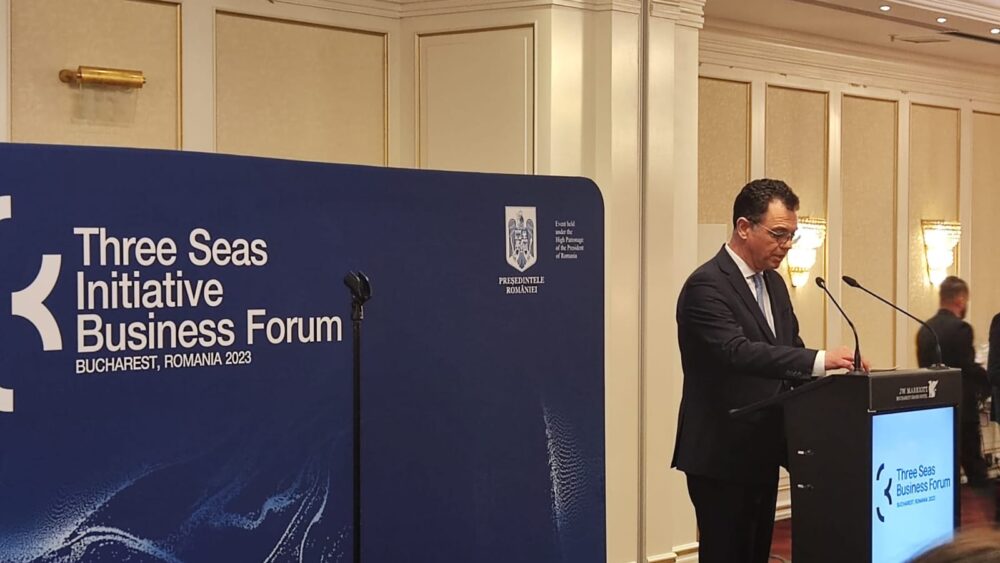










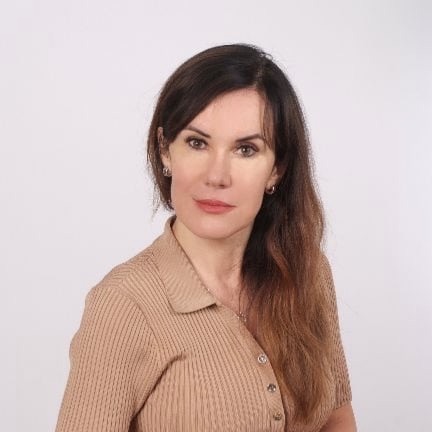










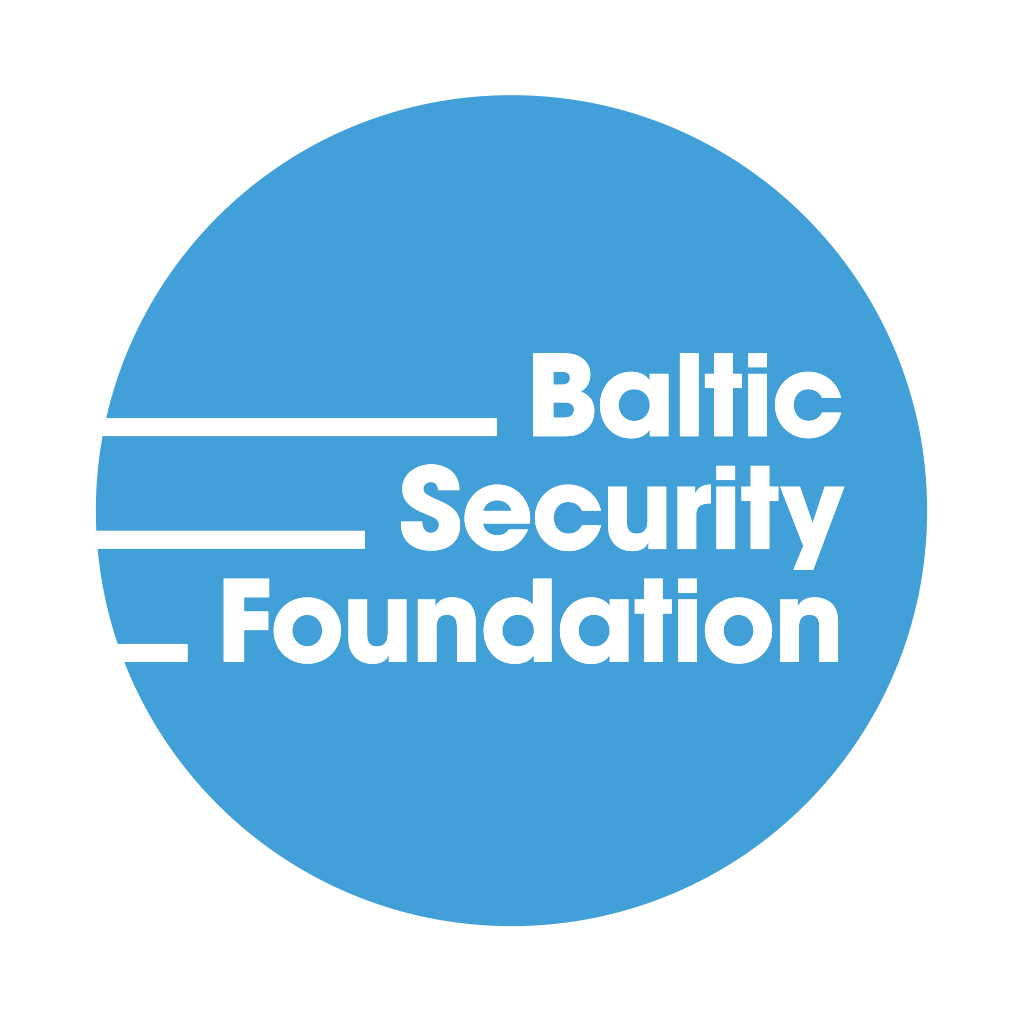
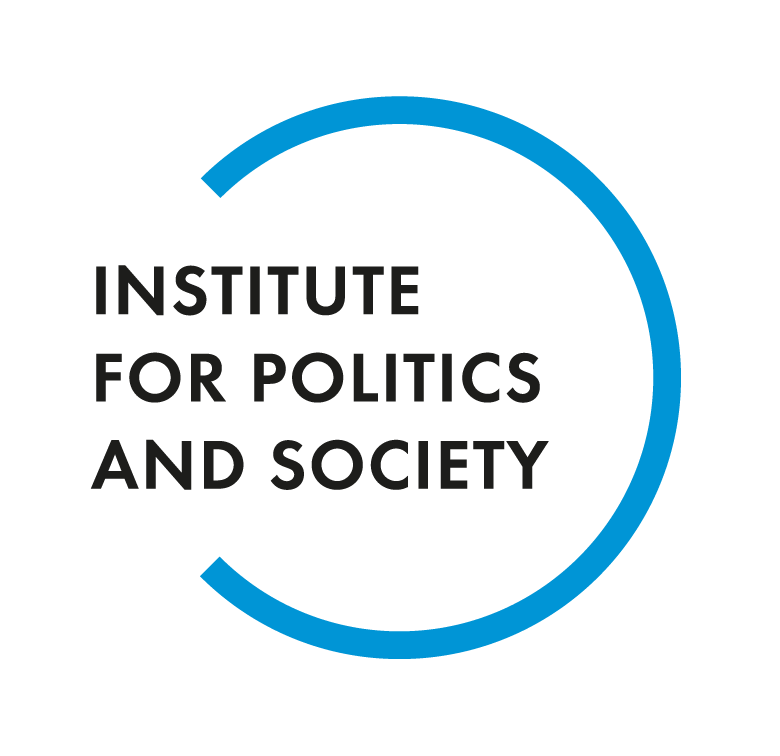


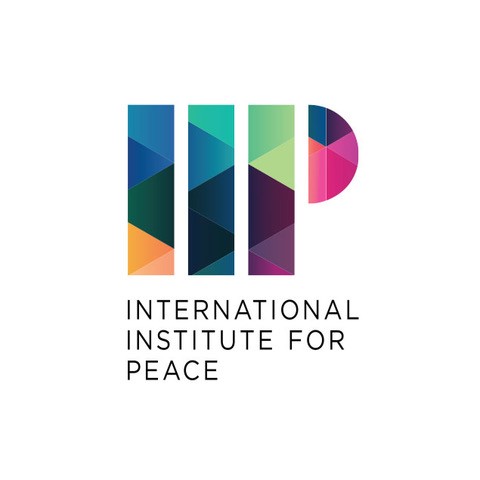
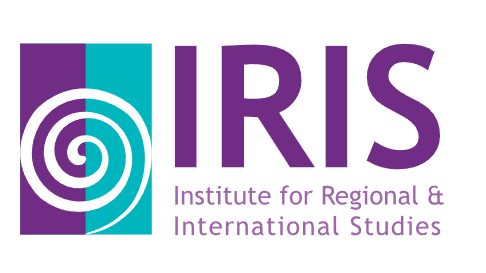
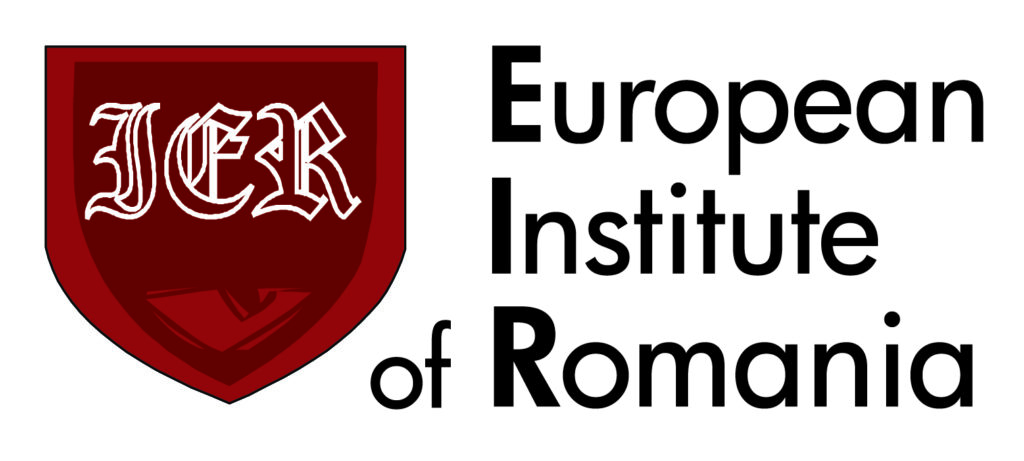
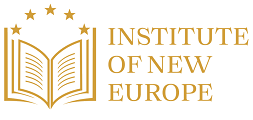
Comments are closed.